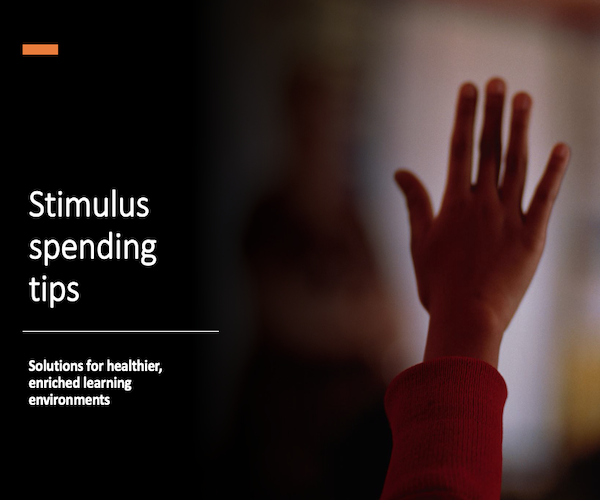
While the COVID-19 pandemic and response upended the education model throughout the nation, Education Secretary Miguel Cardona says it has provided an opportunity for educators and officials to rethink and revamp education to improve equity and outcomes for students across the nation.
Speaking during the Education Writers Association‘s 74th EWA National Seminar, Cardona discussed the need for the U.S. Education Department to maintain the high pace of work to serve the needs of states and districts nationwide as students continue to return to in-person learning.
“There’s a level of urgency I want to keep as long as I’m secretary of education because there’s a lot of work to do,” Cardona said. “This is a once-in-a-generation opportunity … we have a tremendous opportunity to hit the reset button.”
Cardona said that while it is not the federal government’s role to micromanage education, it is ED’s goal to ensure students are receiving a free, appropriate public education and have the opportunity to be successful in life.
More from DA: How districts can maximize once-in-a-generation federal funding
To that end, he said ED will call out instances in which that is not happening to make things right for students.
Cardona outlined three things that school districts can do to improve outcomes for students:
- Make sure schools are prepared to meet students’ social and emotional needs. This includes ensuring that students see themselves in a curriculum that reflects elements of their culture and backgrounds to engage them in learning.
- Connect families to the learning process. He said parents are the best teachers and can play a strong supporting role for schools. He said it’s important to gain natural, authentic engagement of all families, and school officials should make sure to bring them into the mix. Overall success with students is based on how well families are engaged.
- Ensure that pre-K-12 education is connected to higher education and the workforce. The education system needs to “evolve to provide students opportunities to better pathways.”
Tackling post-COVID concerns
Cardona also addressed other concerns for the education system post-COVID-19, including:
Thoughtful use of funds: Cardona said the nearly $130 billion in American Rescue Plan stimulus funds should not be used by schools to invest in “random acts,” but that investments should be thoughtfully made in programs designed to improve students’ outcomes and experiences —particularly those who have been most significantly affected by the learning loss.
He said a big concern is that, as life begins like it was pre-pandemic, educators could go back to practices that were comfortable prior to the pandemic but led to disparities.
Parent and family engagement: Cardona said states are revisiting what it means to have families engaged. He said the pandemic taught educators the need to be nimble, flexible, and meet families where they are, and that they couldn’t use the same strategies that were ineffective prior to the pandemic.
He said school leaders should plan to reimagine learning with input from families rather than telling them “here’s our plan.”
ARP ESSER state plans: ED is providing support and accountability for states as they submit their plans for the use of ARP ESSER funds. Cardona said it is critical for ED to support states and help them address disparities in access that may not be effectively addressed in the state plan.
Cardona said ED wants to work as a partner with states and hopes ED can be a service agency that provides support to states through examples of best practices and the support of ED employees as partners in the process. He said this could mean having conversations with states that have plans that are not as clear as they need to be.
Assessments: Cardona said educators have to make a decision about how to move forward based on information from states, and, while they may be imperfect, standardized tests are just part of the data that will help paint a picture to help distribute resources to children who need it most.
He said this is especially important in deciding where to move billions of dollars in funds to reach students who are most in need of assistance.
School resource officers: Cardona said when trained well and working in partnership with schools, school resource officers are a positive force. However, if it’s not done thoughtfully and done well, it can turn negative, he said.
For example, he said schools do not need officers to be looking for minor student offenses with a mentality of trying to catch students for disciplinary actions. Instead, SROs should be part of a community school approach to support students to be successful in life.
More from DA: Why 11 states and counting are easing school quarantine rules
Cardona said that it is important to note that the changes over the near and long-term may result in different work, but that doesn’t mean it will be easier work. Difficult decisions will be necessary to address disparities that were present prior to the pandemic that have only been exacerbated.
However, he is confident that if educators keep students at the center of their efforts, positive outcomes will result. “We grow when we’re uncomfortable.”
Charles Hendrix covers education funding and other Title I issues for LRP Publications.









